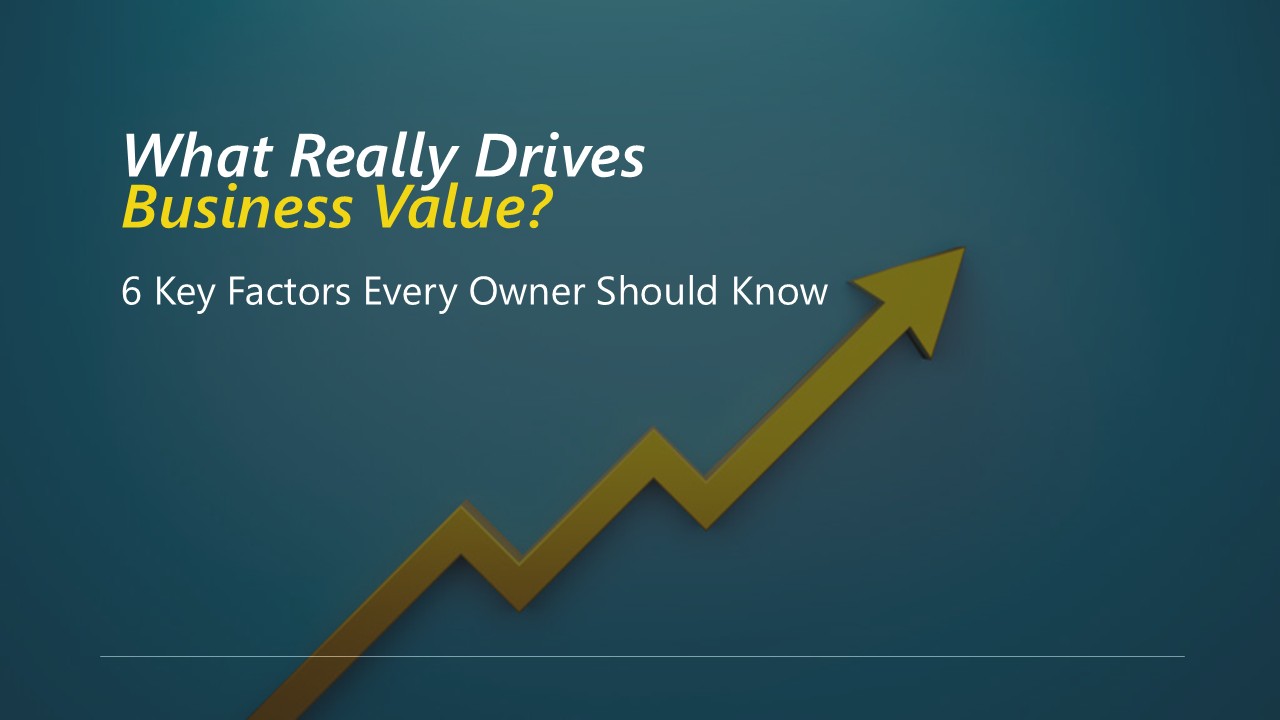## Mastering Your Wallet: Practical Strategies for Cutting Back on Unnecessary Spending
In an age of relentless consumerism and effortless digital transactions, the subtle drain of unnecessary spending can silently sabotage even the most well-intentioned financial goals. Whether you’re aiming to save for a down payment, pay off debt, build an emergency fund, or simply gain greater control over your finances, identifying and curtailing superfluous expenditures is often the most direct path to progress. It’s not about deprivation, but about intentionality—aligning your spending with your true values and priorities rather than succumbing to fleeting impulses. Mastering this skill is a cornerstone of financial literacy, empowering individuals to reclaim their financial autonomy and build a more secure future.
The first, and perhaps most crucial, step in reining in unnecessary spending is to gain absolute clarity on where your money is actually going. Many people operate with a vague sense of their expenditures, often underestimating the cumulative effect of small, frequent purchases. The solution lies in diligent tracking. For a month or two, meticulously record every single baht spent, whether through a budgeting app, a spreadsheet, or even a simple notebook. Categorize these expenses: rent, food, transportation, entertainment, subscriptions, dining out, etc. This forensic examination of your spending habits will inevitably reveal patterns and expose “leakage points”—those areas where money seems to disappear without a tangible return on investment. You might be surprised to find how much those daily coffee runs, impulse online purchases, or forgotten subscriptions truly add up.
Once you have a clear picture of your spending, the next step is to differentiate between needs and wants. Needs are essential for survival and basic functioning: shelter, food, utilities, essential transportation. Wants are everything else—the dining out, entertainment subscriptions, branded clothing, and luxury gadgets. This is not to say wants are inherently bad; life would be rather bleak without them. However, when trying to cut back on unnecessary spending, wants become the primary targets. This exercise requires honesty and introspection. Do you *need* that new smartphone, or do you *want* it? Is eating out every night a necessity, or a convenience you could pare back? This conscious distinction helps reframe spending decisions from automatic actions to deliberate choices aligned with your larger financial objectives.
With needs identified and wants categorized, you can then begin to implement targeted strategies. One highly effective approach is to tackle discretionary spending categories, particularly those related to convenience and entertainment. For example, dining out is a significant expense for many. Reducing restaurant meals and opting for home-cooked alternatives, even just a few times a week, can yield substantial savings. Consider batch cooking meals on weekends, packing lunches for work, or exploring local markets like Or Tor Kor Market in Bangkok for fresh, affordable ingredients to make delicious meals at home. Similarly, evaluating streaming subscriptions – do you truly use all five services you pay for? – or finding free entertainment options like parks, public events, or library resources, can free up considerable funds.
Another often-overlooked area for unnecessary spending is impulse purchases, especially those driven by online shopping. The ease of “one-click” buying and targeted advertising can make it incredibly difficult to resist immediate gratification. Strategies to combat this include creating a “cooling-off period” for non-essential items – if you still want it 24 or 48 hours later, then consider the purchase. Unsubscribing from marketing emails, unfollowing tempting social media accounts, and even deleting credit card information from online shopping sites can add friction to the buying process, giving you time to reconsider. When you’re physically out shopping, sticking to a list and avoiding Browse aisles that lead to temptation can also be highly effective.
Furthermore, analyzing recurring expenses that might seem fixed can reveal opportunities for savings. This includes reviewing utility bills for potential energy-saving measures, shopping around for better insurance rates, or even negotiating with service providers for internet or mobile phone plans. For those living in areas with good public transport like Bangkok, evaluating the need for a private vehicle versus relying on BTS, MRT, or ride-sharing services could lead to significant savings on fuel, parking, and maintenance. Even small adjustments to these regular outlays can compound into substantial savings over a year.
Finally, cultivating a mindful approach to money is perhaps the most powerful long-term strategy for cutting back on unnecessary spending. This involves a shift in perspective, viewing money not as an endless resource but as a tool to achieve your goals. Regularly reviewing your budget, celebrating small savings victories, and clearly visualizing the larger financial objectives you’re working towards can provide consistent motivation. Talk to your family about financial goals, involving them in the process to foster a collective understanding and shared commitment. When spending becomes a conscious act tied to purpose, rather than an unconscious habit, the path to financial mastery becomes clear and achievable.
In conclusion, cutting back on unnecessary spending is a journey of awareness, discipline, and strategic action. By diligently tracking expenses, differentiating between needs and wants, targeting discretionary spending, combating impulse buys, and critically reviewing recurring costs, individuals can significantly free up capital. Ultimately, it’s about cultivating a mindful relationship with money, ensuring that every baht spent aligns with personal values and moves you closer to your financial aspirations, transforming abstract goals into tangible reality.




